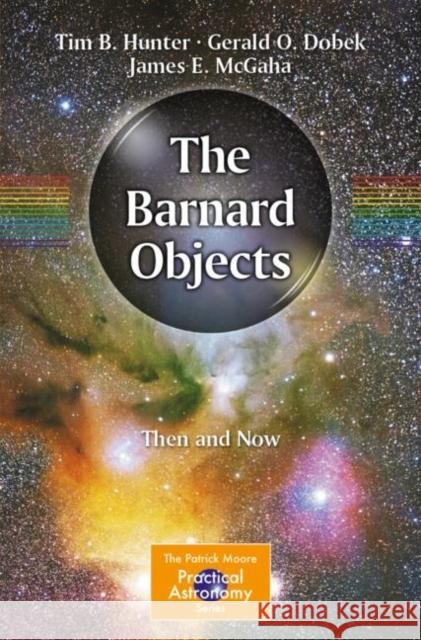The Barnard Objects: Then and Now » książka
The Barnard Objects: Then and Now
ISBN-13: 9783031314841 / Angielski
The Barnard Objects have fascinated professional and amateur astronomers for over one hundred years. Many of those objects first imaged by E.E. Barnard on black-and-white photographic plates are now being daily captured in thousands of color astrophotographs. This book tells Barnard’s story, describing his life and work and how the fields of astronomy and astrophotography have transformed ever since.The chapters are equal parts history and science, providing readers with an introduction to nebula science and the incredible discoveries made in this field over the decades; an overview of popular astronomical catalogues like Barnard’s; and a detailed look at how astronomical imaging has advanced since Barnard’s time, from early plates to digital imaging and chips. In addition, the book features a comprehensive guide to viewing and imaging these objects yourself. A glossary of astronomical and photographic terms is provided, along with detailed references. An updated table of Barnard Object locations is also included, giving you a look at the missing twenty-five objects from E.E. Barnard’s original catalogue.Richly researched and illustrated, this fascinating reference will interest astronomers of all skill levels interested in astronomy, astrophotography, and how they have changed over the past hundred years.
The Barnard Objects have fascinated professional and amateur astronomers for over one hundred years. Many of those objects first imaged by E.E. Barnard on black-and-white photographic plates are now being daily captured in thousands of color astrophotographs. This book tells Barnard’s story, describing his life and work and how the fields of astronomy and astrophotography have transformed ever since. The chapters are equal parts history and science, providing readers with an introduction to nebula science and the incredible discoveries made in this field over the decades; an overview of popular astronomical catalogues like Barnard’s; and a detailed look at how astronomical imaging has advanced since Barnard’s time, from early plates to digital imaging and chips. In addition, the book features a comprehensive guide to viewing and imaging these objects yourself. A glossary of astronomical and photographic terms is provided, along with detailed references. An updated table of Barnard Object locations is also included, giving you a look at the missing twenty-five objects from E.E. Barnard’s original catalogue.
Richly researched and illustrated, this fascinating reference will interest astronomers of all skill levels interested in astronomy, astrophotography, and how they have changed over the past hundred years.











